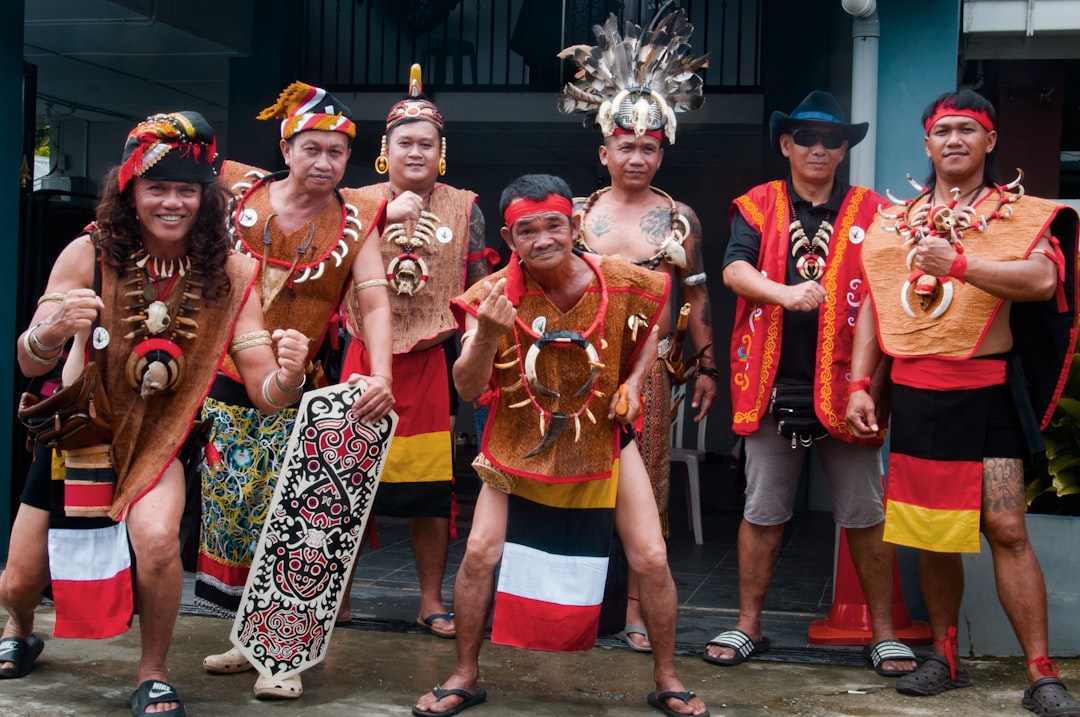Have you ever found yourself in a new country, unsure whether to shake hands, bow, or offer a kiss on the cheek? It’s a common dilemma! In our increasingly interconnected world, understanding cultural greetings and etiquette isn’t just polite—it’s essential for building rapport, fostering trust, and avoiding unintentional offense. As of October 2, 2025, global interactions are more frequent than ever, making cross-cultural competence a highly valued skill. Let’s dive into the fascinating world of cultural manners and ensure your next international encounter is a smooth one! 😊
The Diverse Landscape of Global Greetings 🤔
Greetings are often the first point of contact, setting the tone for any interaction. What might seem natural in one culture could be completely inappropriate in another. For instance, a firm handshake is a standard professional greeting in many Western countries, signifying confidence and respect. However, in some Asian cultures, a deep bow is the traditional mark of respect, with the depth of the bow often indicating the level of deference.
Beyond handshakes and bows, the spectrum of greetings is vast. In parts of Europe and Latin America, air kisses (one, two, or even three!) are common among friends and acquaintances. In India, the “Namaste” with palms pressed together and a slight bow is a widely recognized greeting that conveys respect without physical contact. The Māori people of New Zealand share the “Hongi,” a gentle pressing of noses and foreheads, symbolizing the sharing of breath and spirit. Understanding these nuances is crucial for making a positive first impression.
A recent trend in 2024-2025 highlights a growing global awareness of personal space and hygiene, leading to a slight increase in non-contact greetings or more cautious approaches to physical contact, especially in professional settings. Always observe local customs before initiating a greeting.
Key Etiquette Principles Across Cultures 📊
While specific greetings vary, underlying principles of good etiquette often remain consistent: respect, attentiveness, and adaptability. Being mindful of these can help you navigate almost any cultural situation. For example, maintaining appropriate eye contact is vital in many cultures for showing sincerity, but in some, direct eye contact can be seen as aggressive or disrespectful. Always research the specific cultural norms of your destination.
Another critical aspect is the use of titles and names. In many professional environments, especially in hierarchical cultures, addressing individuals by their proper title (e.g., “Dr. Lee,” “Mr. Tanaka”) until invited to use their first name is a sign of respect. Conversely, in more egalitarian cultures, using first names quickly is common. The rise of global remote teams has also brought new challenges, with 45% of international professionals reporting misunderstandings due to differing communication styles in virtual meetings.
Regional Etiquette Quick Guide
| Region | Common Greeting | Key Etiquette Point | Note |
|---|---|---|---|
| North America/Europe | Handshake (firm) | Direct eye contact, punctuality | Varies by country |
| East Asia (e.g., Japan, Korea) | Bow (depth matters) | Indirect eye contact, respect for elders/hierarchy | Business cards exchanged with two hands |
| Middle East | Handshake (gentle, right hand only) | Gender segregation, hospitality, use of titles | Avoid showing soles of feet |
| Latin America | Handshake, air kiss (cheek) | Warmth, personal space is closer, expressive communication | Often more relaxed about punctuality |
Always be aware of local religious customs. For example, in many Muslim-majority countries, it’s considered disrespectful for men to shake hands with women unless the woman extends her hand first.
Key Checkpoints: Don’t Forget These! 📌
Have you been following along? This article is quite comprehensive, so let me quickly recap the most crucial points. Please keep these three things in mind:
-
✅
Observe and Adapt First
Before initiating any greeting, take a moment to observe how locals interact. This is your best guide to appropriate behavior. -
✅
When in Doubt, Ask or Default to Formality
It’s always better to be slightly more formal than too casual. If you’re truly unsure, a polite verbal greeting and a slight nod can often suffice. -
✅
Respect is Universal
Even if you make a mistake, a genuine intention to show respect and a quick apology will almost always be appreciated.
Navigating Modern Cultural Nuances 👩💼👨💻
The digital age has added new layers to cultural etiquette. With the prevalence of remote work and international virtual meetings, understanding digital communication etiquette is more important than ever. This includes everything from appropriate video call attire to understanding time zone differences for scheduling, and even the use of emojis in professional correspondence. A recent study from early 2025 indicated that 60% of global teams face communication challenges stemming from cultural differences in virtual settings.
Beyond digital, evolving social norms also play a role. Gender roles, LGBTQ+ inclusivity, and differing views on personal space are all aspects that require sensitivity and awareness. What might be considered a casual compliment in one culture could be seen as intrusive in another. Staying informed and being open to learning are your best tools for navigating these complex, yet fascinating, cultural landscapes.

When communicating digitally across cultures, opt for clear, concise language. Avoid slang, idioms, and overly casual abbreviations that might not translate well or could be misinterpreted.
Real-World Example: A Business Trip Success Story 📚
Let’s consider a hypothetical scenario to illustrate the impact of cultural etiquette.
The Situation: Sarah’s Trip to Japan
- Sarah, a sales manager from New York, was visiting Tokyo to finalize a major partnership deal.
- She had thoroughly researched Japanese business etiquette prior to her trip.
Her Approach
1) Upon meeting her Japanese counterparts, she offered a slight bow before extending a handshake, mirroring their initial greeting. She also made sure to exchange business cards (meishi) with both hands, presenting her card with the text facing the recipient.
2) During discussions, she observed their communication style, noting the importance of indirect communication and avoiding overly aggressive sales tactics. She listened attentively and allowed for pauses in conversation.
The Final Result
– Result Item 1: The Japanese team expressed appreciation for her respect for their culture, which significantly contributed to building trust.
– Result Item 2: The partnership deal was successfully signed, and Sarah established a strong, respectful working relationship.
Sarah’s success wasn’t just about her sales skills; it was her proactive effort to understand and adapt to local customs that truly sealed the deal. This highlights how cultural sensitivity can be a powerful asset in global interactions.
Wrapping Up: Key Takeaways 📝
Navigating the intricate world of cultural greetings and etiquette can seem daunting, but it’s an incredibly rewarding journey. By approaching every interaction with an open mind, a willingness to learn, and a genuine desire to show respect, you’re already halfway there.
Remember, cultural competence is a continuous learning process. The world is constantly evolving, and so are its social norms. Stay curious, be observant, and don’t be afraid to politely ask questions if you’re unsure. Your efforts will undoubtedly lead to richer experiences and stronger connections across borders. Got more questions? Feel free to ask in the comments below! 😊
